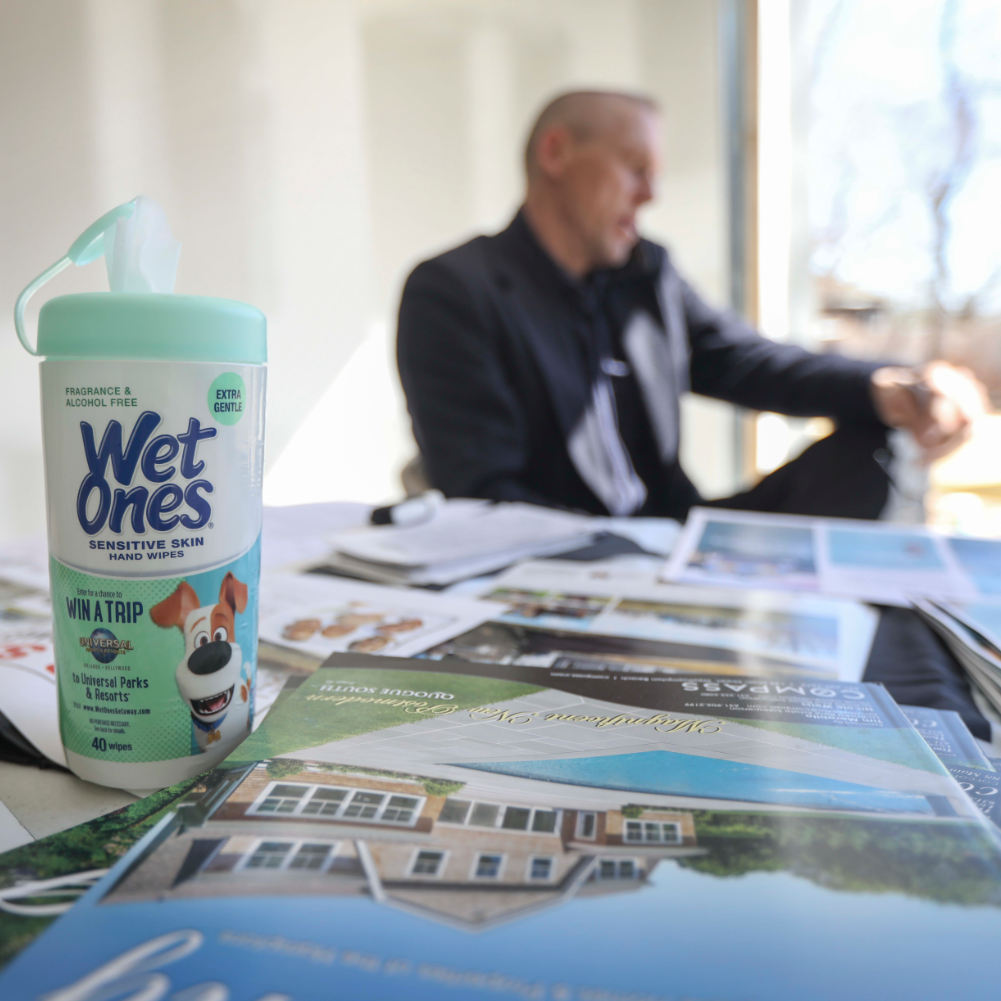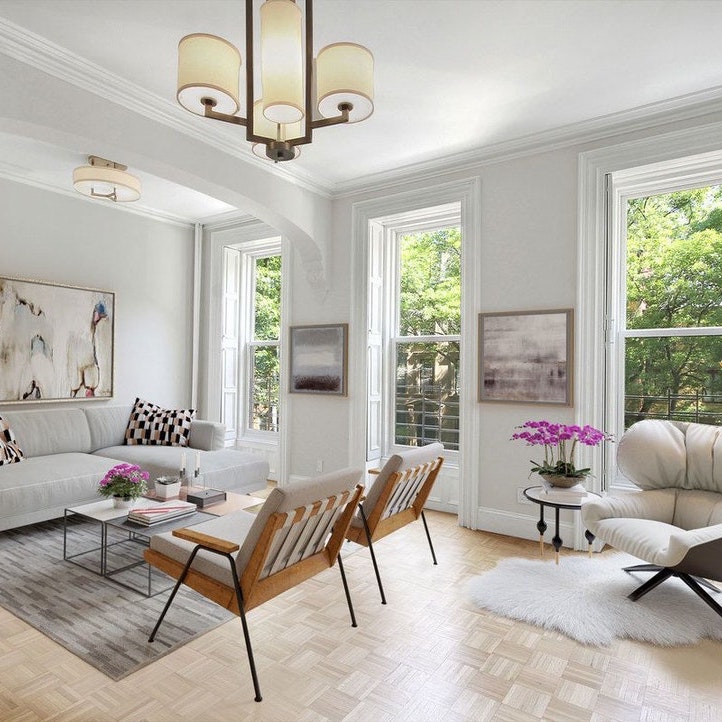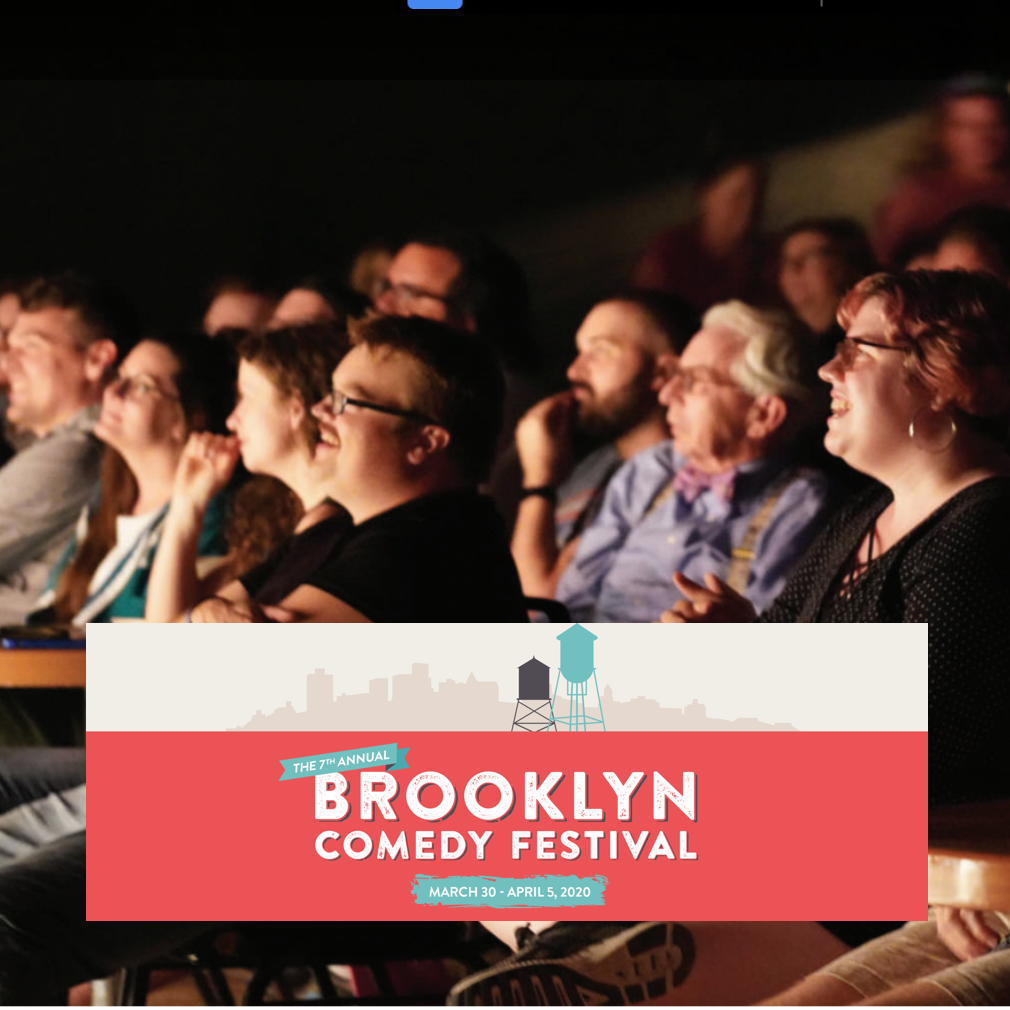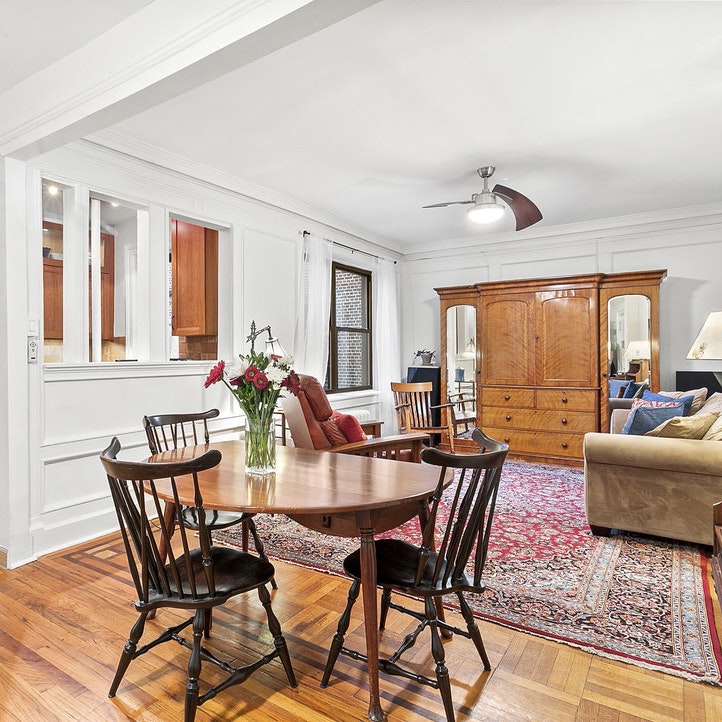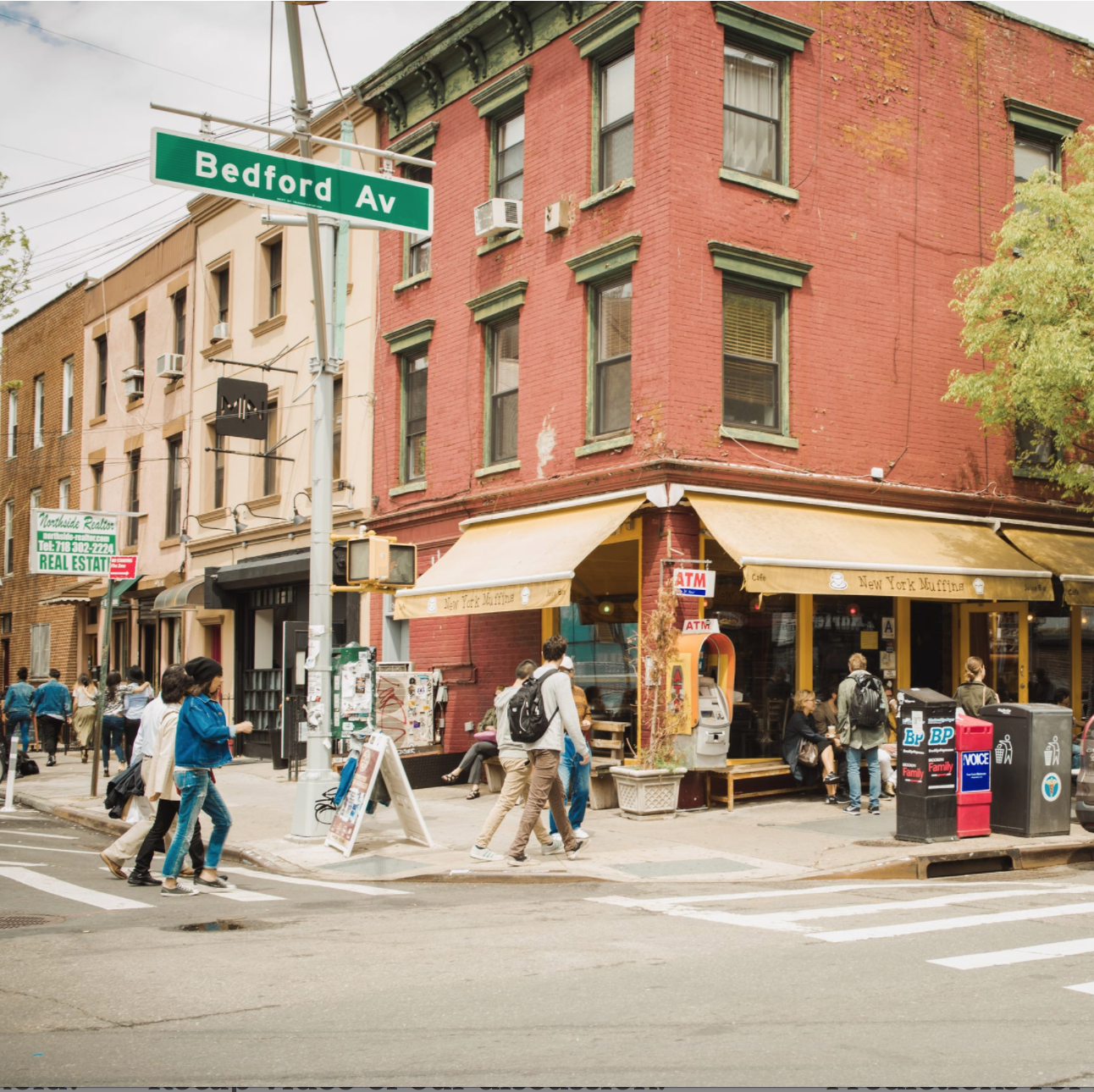Brooklyn Heights, New York
$6,250 – $7,000 | 2 – 3 BR
Click here to View Apartment 2
Click here to View Apartment 4
Click here to View Apartment 5
Author: Dena driver
These markets could see the sharpest drop in home prices during coronavirus pandemic
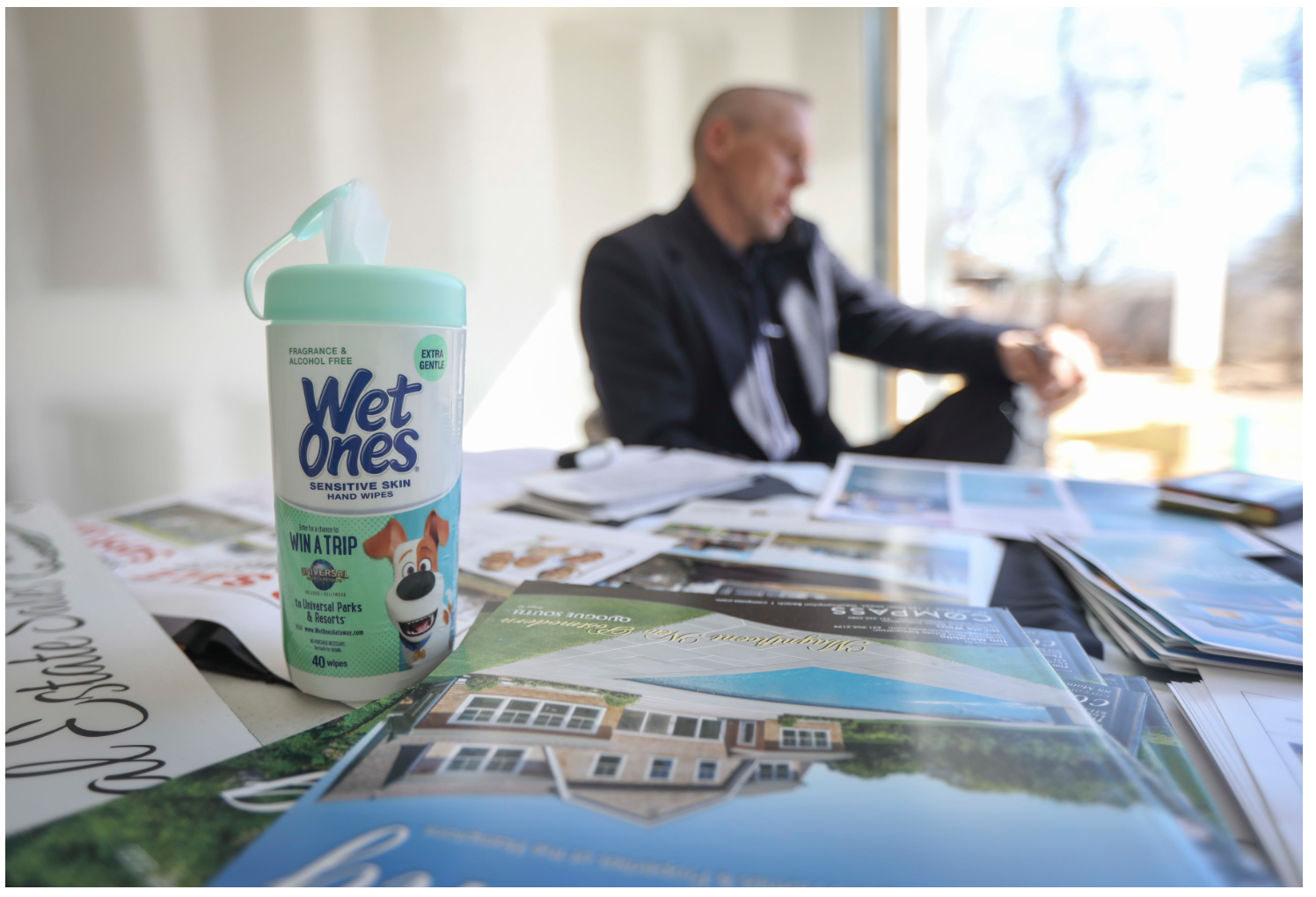
Both homebuyer and seller demand have weakened dramatically in the last month, as Americans hunker down to help stop the spread of the coronavirus.
While some are still shopping online, doing virtual tours, the spring season was essentially over before it started. Although sales are way down, home values may not suffer as much, except in certain markets.
In the first two weeks of March, new listings were up 5% annually on average. By the second week of April, they were down 47%, according to realtor.com. April is usually the strongest month for new listings.
more “These markets could see the sharpest drop in home prices during coronavirus pandemic”
Governor Cuomo Releases Plan to Reopen NYS Economy • The plan will be implemented in phases, and based on regional analysis and determinations.

New! Fort Green Listing, 168 Lafayette Avenue, 2 | $7,975
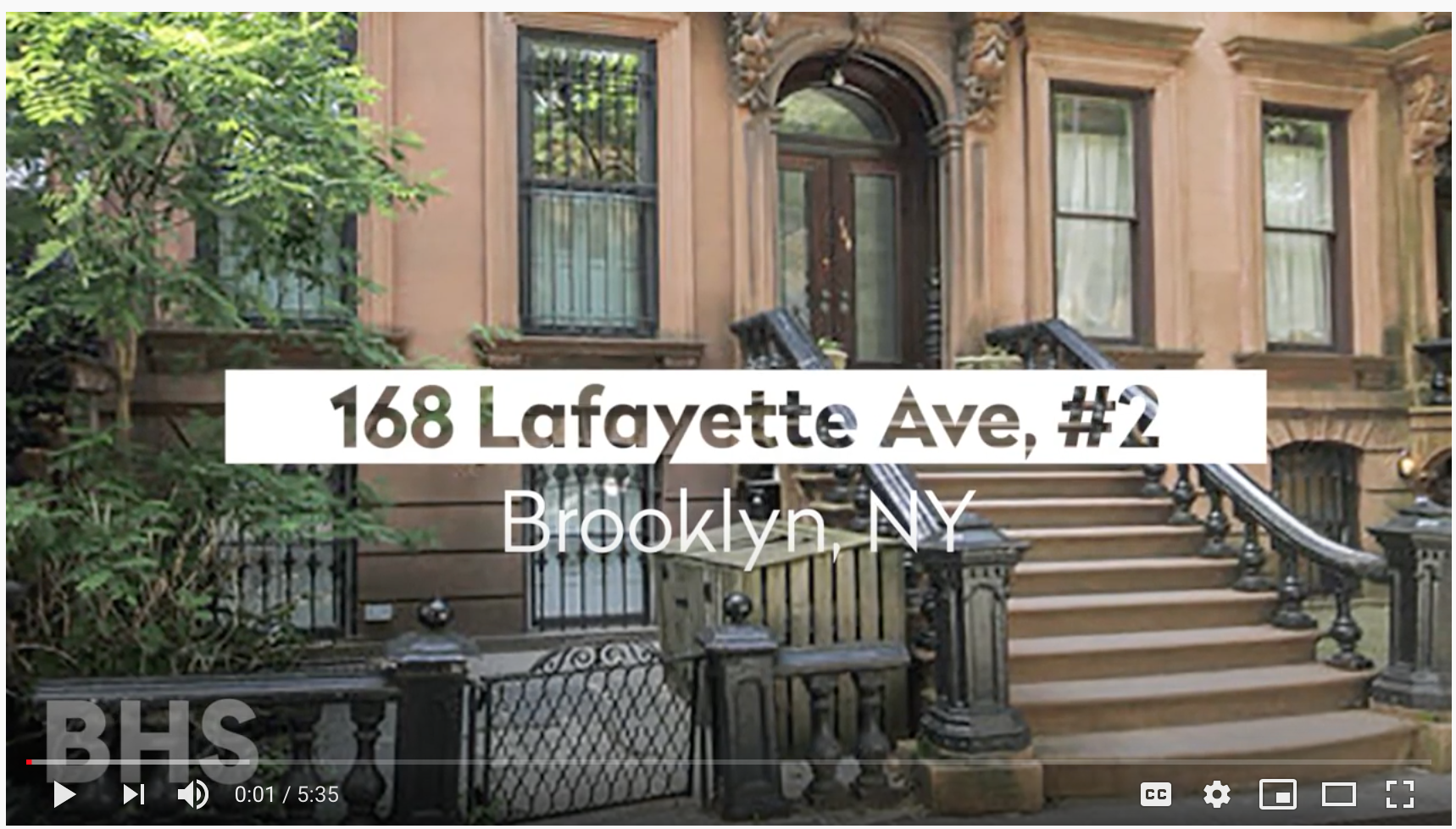 Click here for a virtual tour.
Click here for a virtual tour.
Exquisite 4BR 2.5Bth Triplex
This fabulous 4BR – 2.5Bths triplex is approx. 2700 sq ft. This generous layout has been completely restored to an incredibly high standard with level five finishes. Soaring ceilings let fantastic light pour into the large rooms through original shuttered windows. Stainless steel appliances and high end light fixtures abound in the beautiful contemporary kitchen. Four huge bedrooms will all fit a king bed and have original mantel pieces and restored moldings. Fifteen large closets, including three walk ins and built in book shelves provide plenty of storage. The baths have lovely claw foot tubs with Carrara marble counter tops and sparkling new subway tile. The apartment boasts a laundry room with full size washer and dryer. These top three floors have a private entrance and tree lined street views. Split System Air. Heat is included. This large Brooklyn townhouse allows for a sweeping staircase that rises slowly and leads up to a sun filled skylight, an elegant entry into your new home. All electrical has been upgraded, CAT5 and an alarm system is also available. Pets upon approval. Close to all transport, great restaurants like Olea and Fort Greene park. Nestled in cultural center of Brooklyn including BAM, the Harvey Theatre and Mark Morris.
168 Lafayette Avenue, 2 | $7,975
Key Details Fort Greene, New York
New Listing
Rental $7,975 | Date listed: 5/13/2020 | ID: 20142719
Residence Information
Type: Triplex | Rooms: 8.0 | Bedrooms: 4 | Full Bathrooms: 2 | Half Bathrooms: 1.0
Windowed kitchen: Yes | Air conditioning: Central Air | Washer and dryer: Yes
Building Information Period: Post-War | Building Type: Brownstone | Pets allowed: Yes
Call today or send me a message on my contact me page today.
more “New! Fort Green Listing, 168 Lafayette Avenue, 2 | $7,975”
Tips for Health & Safety during Covid-19
Good information is key during these times, and so we want to reiterate that the best place to get your news is from verified government sites that update their content on a regular basis. While we are all involved in social media and the news, now is not the time to expose ourselves to speculation and opinion.
The best ongoing resources are:
Center for Disease Control and Prevention (CDC)
New York State Department of Health
New York City Department of Health
We strongly encourage you to practice social distancing and prioritize your own health above all else. Reach out to us any time if you have questions or concerns and we will help in any way we can.
Brooklyn Comedy Festival
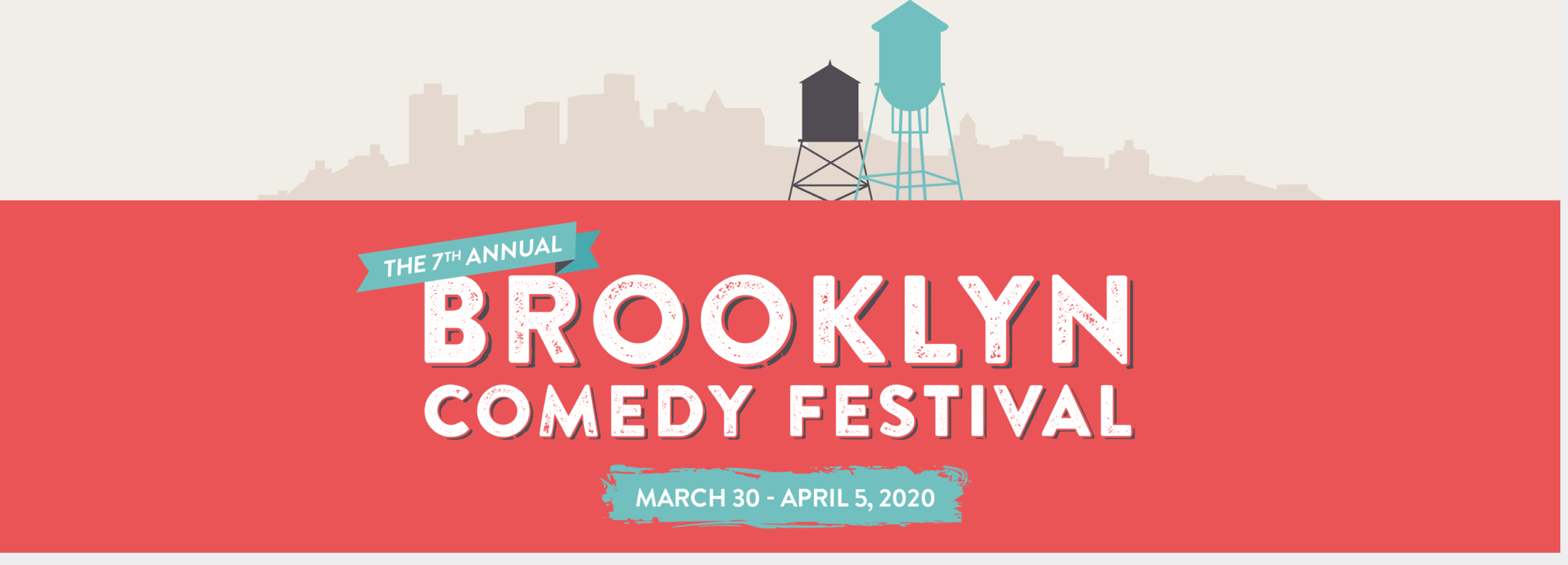
Coronavirus fears cause mortgage rates to plunge to 8-year low
- The average rate on the popular 30-year fixed mortgage hit 3.34% on Monday, according to Mortgage News Daily. That is for borrowers with strong financials and credit scores.
- “Aggressive lenders will be at 3.25% today, and 3.375% will be the new going rate for the average lender,” said Matthew Graham, chief operating officer at Mortgage News Daily.
- Applications to refinance a home loan are up around 165% annually, according to the Mortgage Bankers Association.
As coronavirus fears hit financial markets, U.S. bond yields are tanking, pushing mortgage rates that loosely follow the 10-year Treasury yield toward an eight-year low. They could sink even lower.
The average rate on the popular 30-year fixed mortgage hit 3.34% on Monday, according to Mortgage News Daily. That is for borrowers with strong financials and credit scores.
“Aggressive lenders will be at 3.25% today, and 3.375% will be the new going rate for the average lender,” said Matthew Graham, chief operating officer at Mortgage News Daily.That rate hit 3.34% for one day in the summer of 2016, before spiking much higher that fall. Before that, rates were this low in 2012. While rates generally follow the 10-year yield, there are certain market factors that keep rates above a certain level.
And those payoffs, or refinances, are surging right now. Applications to refinance a home loan are up around 165% annually, according to the Mortgage Bankers Association.
Mortgage applications to purchase a home have not been as strong, due to the severe shortage of homes for sale. Builders, however, may be getting a boost, especially those putting up more affordable homes.
Another barrier to entry for some buyers is still-tight lending standards. Sean Dobson, CEO of Amherst Holdings, which does have a mortgage arm, said tight lending is why his company got into the single-family rental business.
“Unless you have a large down payment or unless you have a very solid amount of free cash flow that’s underwritable, and we forget about this because the Uber driver might not have income that is fungible from a mortgage lenders perspective, or the people working 3 or 4 jobs, or the contributors to CNBC who contribute to a few places, they may literally have trouble qualifying for a mortgage,” said Dobson.
New Listing! 401 Eighth Avenue, 43 Park Slope
BY APPOINTMENT ONLY
This park block, large and elegant co-op is located on 8th Avenue and 4th Street in Park Slope. 401 8th Ave, Apt 43 represents the rare opportunity of owning a four-bedroom home zoned for PS 321 with Prospect Park as your backyard. Located on the 4th floor of a lovely six story pre-war elevator building, this apartment boasts gorgeous parquet wood floors and decorative molding throughout, with a total of twelve windows, one double in the living room; both the master and the second bath have the original stained glass panes. This 26-foot long living room with dining area adjoins a coveted open kitchen. The kitchen has built in cabinets of a hefty quality with Brooklyn-made butcher block in addition to granite countertops. Gas stove and piano-black appliances include a large refrigerator and dishwasher too. The Roosevelt Arms is an elegant 30-unit elevator coop building, pet-friendly, professionally managed and maintained. The building has an accessible ramp entrance, a live-in super, plus large storage cages, a complete laundry and a bike area in the basement. This central Park Slope location is close to great restaurants, shopping and transportation.
New Listing
Cooperative $1,675,000 | Maintenance/CC: $1,459 | Financing Allowed: 80%
Date listed: 2/18/2020 | Last updated: 2/28/2020 | ID: 19971236
Rooms: 7.0 | Bedrooms: 4 | Bathrooms: 2.0
Period: Pre-War | Built: 1922 | Building Type: Elevator
Call today or send me a message on my contact me page today.
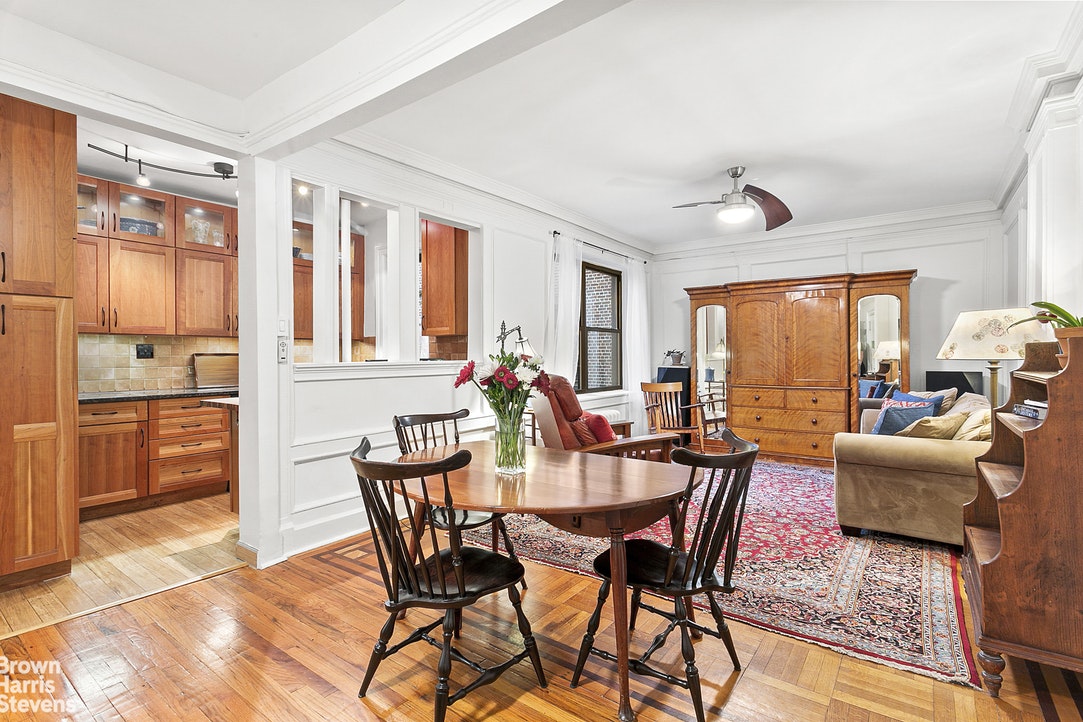
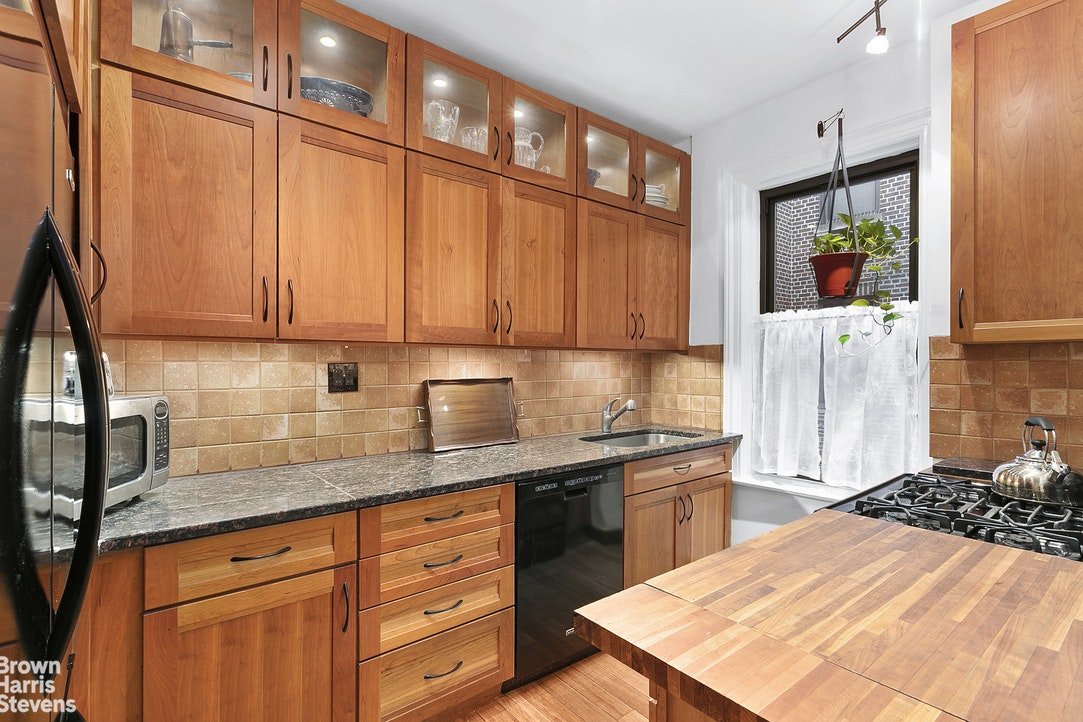
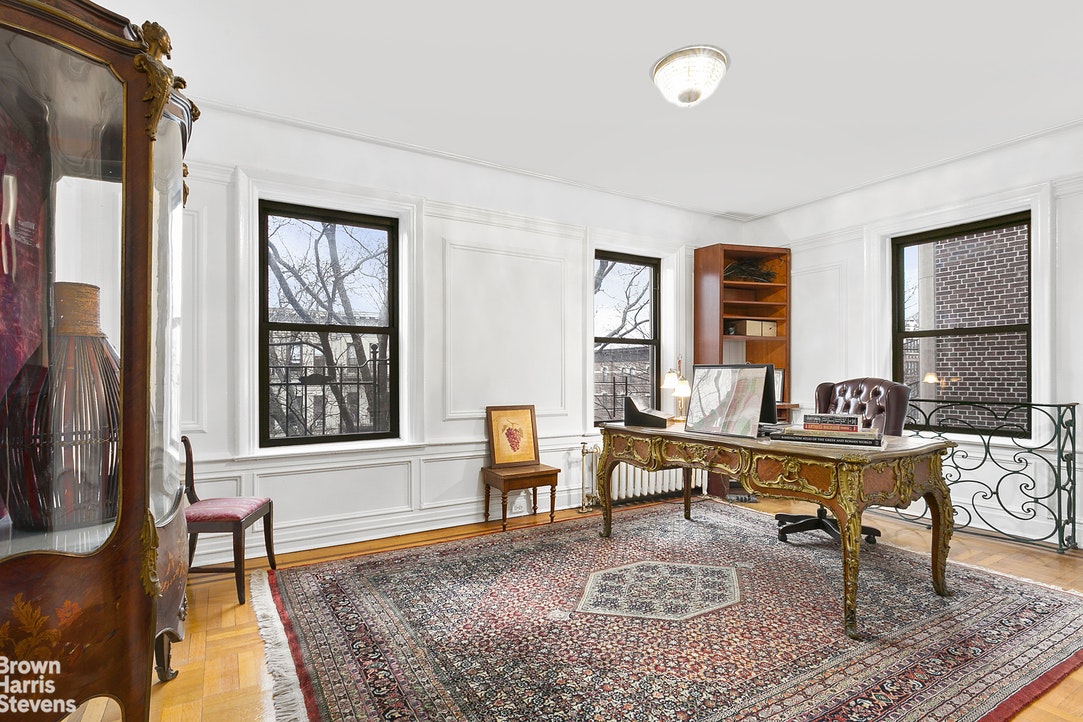
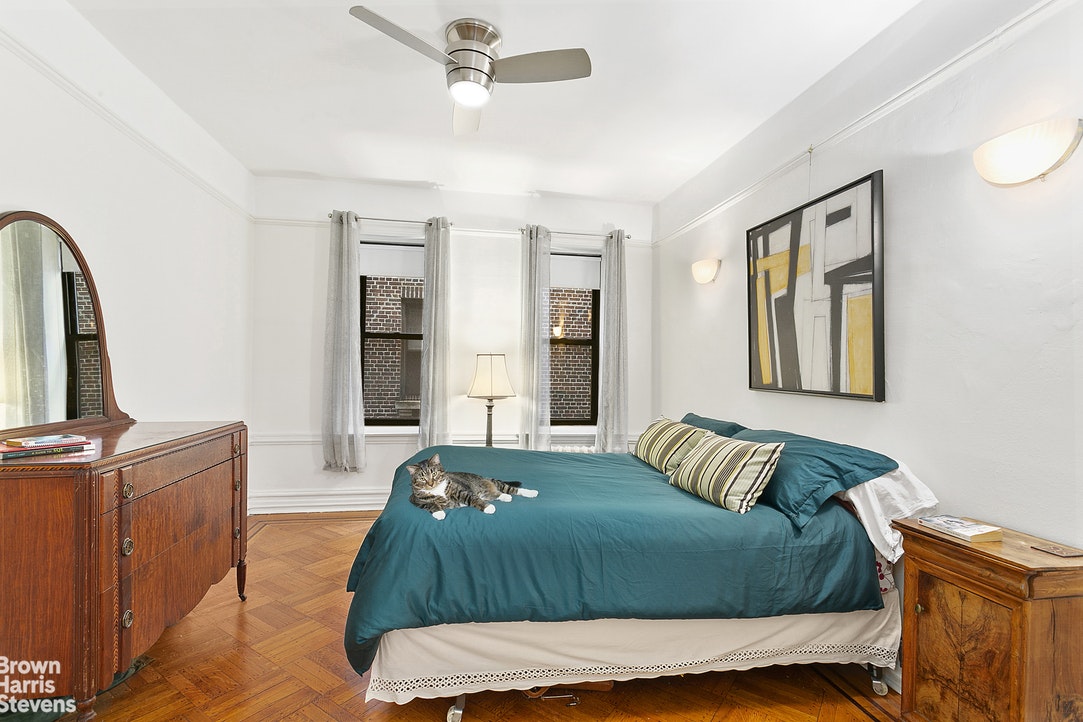
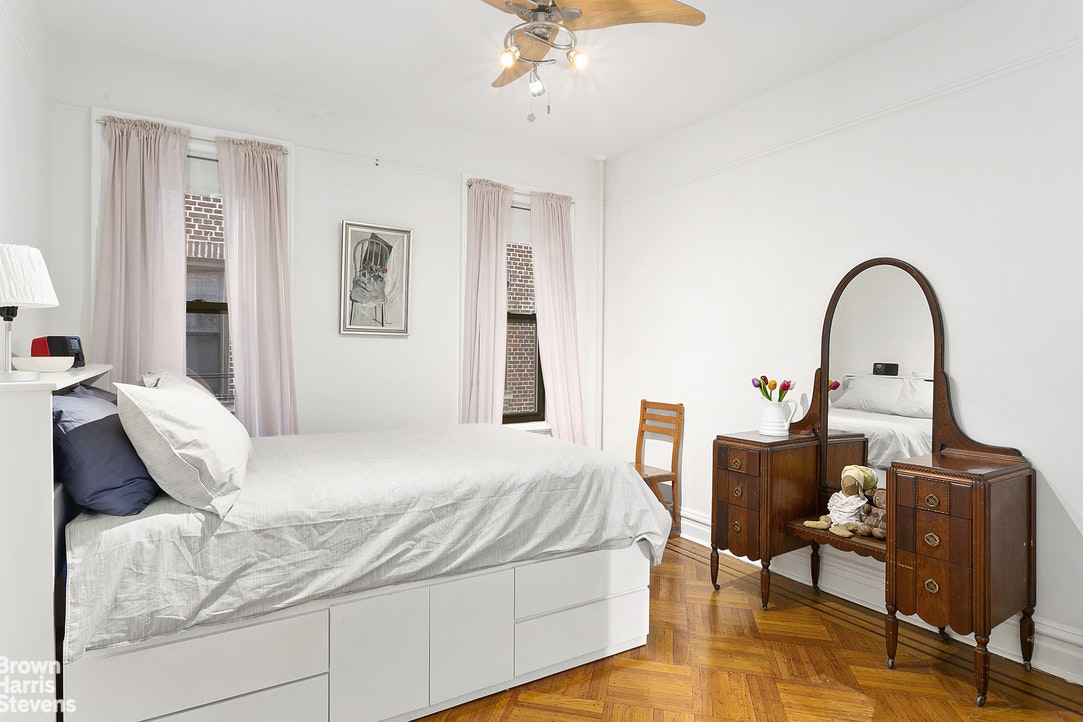
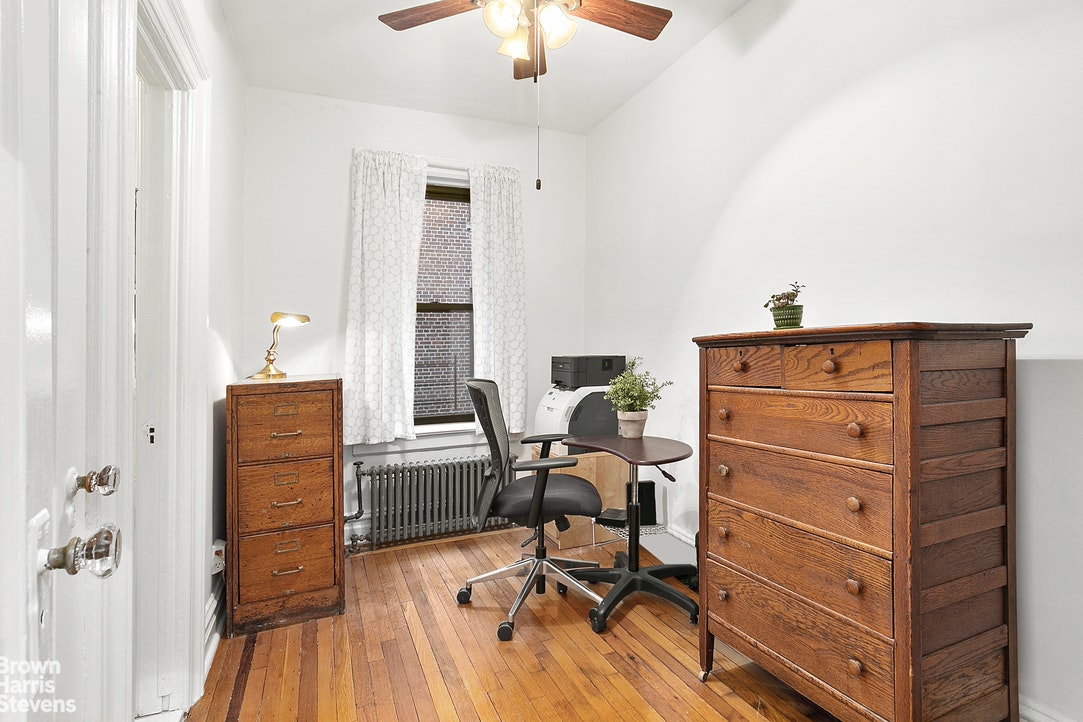
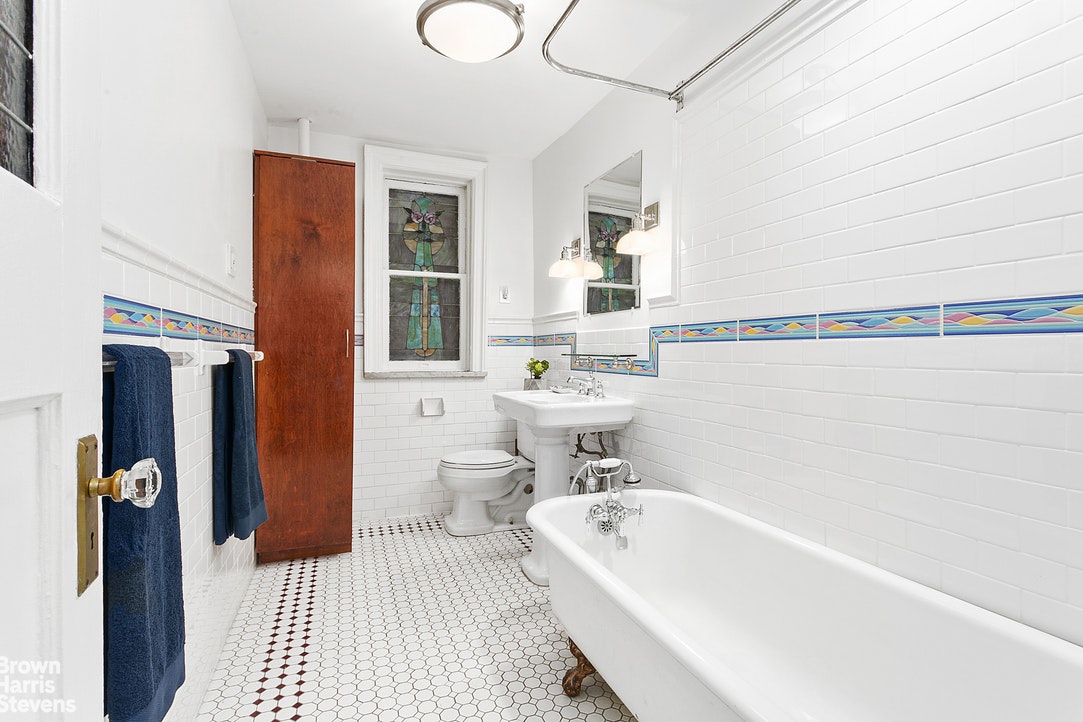
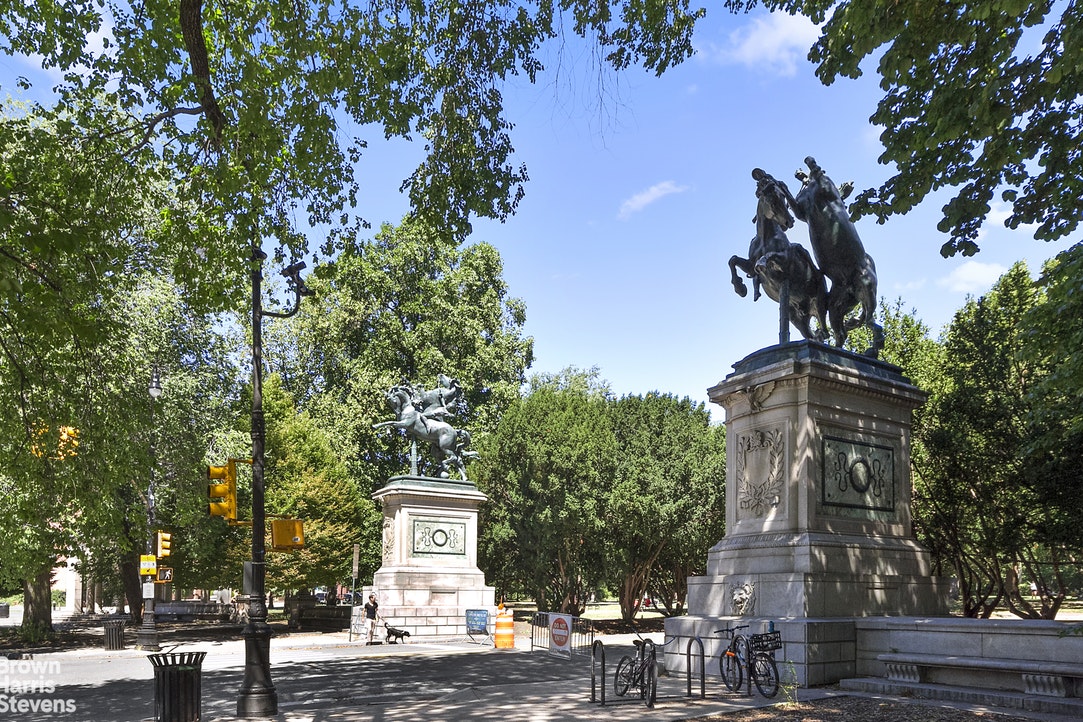
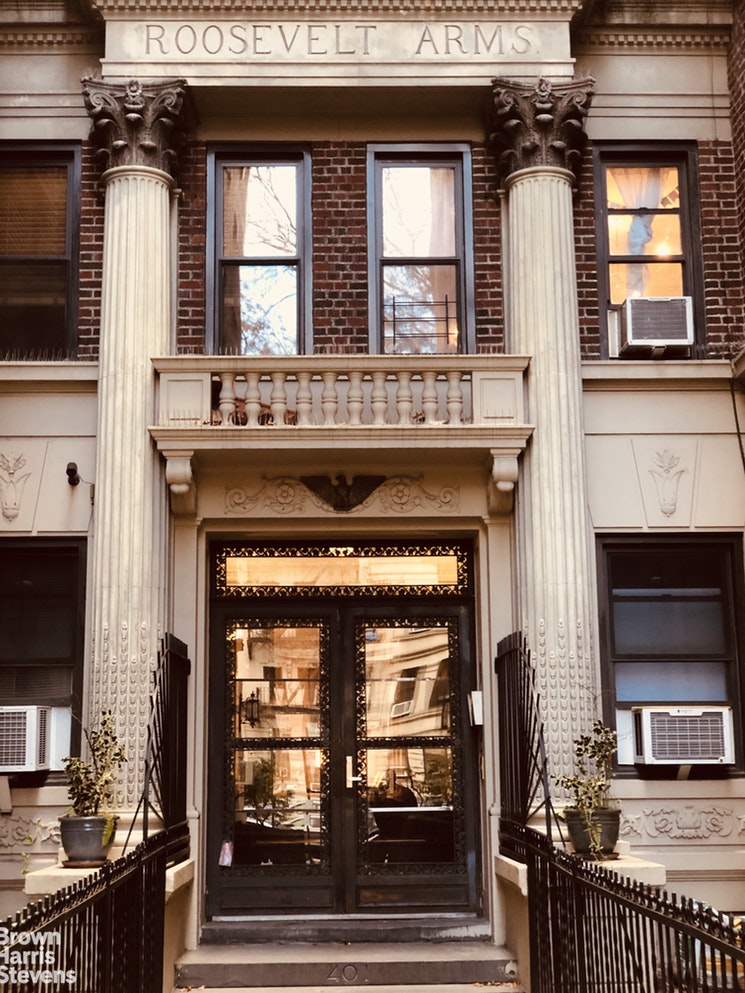
New! Brooklyn Heights Henry Street 2 & 3 Bedrooms!
Two amazing opportunities.
 Fabulous Top Floor
Fabulous Top Floor
Fantastic 3BR – 2Bth available on one of the most desirable blocks in Brooklyn Heights.
This completely new renovation is light-flooded with light. This large 3BR has a huge living room with 10ft ceilings. Ornate original details such as crown molding, tall mirrors, and an original decorative fireplace, give this apartment a wonderful character. Large open plan kitchen has extra tall cabinetry, a gas stove and dishwasher. Large windows running across the front of the home from the living and dining room. All Bosch appliances including a W/D. Rent will be discounted to $6500 until roof deck will be added, rent will then increase to $7000 Hardwood floors throughout and two brand new baths, one with tub and one with a glass shower stall. High end finishes throughout and split system A/C make up this approximately 1300 sq ft. home. Close to the ferry’s at Pier 6 and all trains 2 3 4 5 N & R A & C at Borough Hall . Close to all the great restaurants and shops in Brooklyn Heights, Cobble Hill such Sahadi’s, Trader Joes and the Brooklyn Bridge Park. Pets upon approval. Come see the best Brooklyn has to offer!
293 Henry Street, 5 Brooklyn Heights, New York|$6,500
Rental $6,500 | Date listed: 1/23/2020 | ID: 20028370
Rooms: 6.0 | Bedrooms: 3 | Bathrooms: 2.0 | Windowed kitchen: Yes | Outdoor space: Roof Garden
Decorative fireplaces: 1 | Washer and dryer: Yes
Period: Pre-War | Building Type: , Townhouse
Call today or send me a message on my contact me page today.
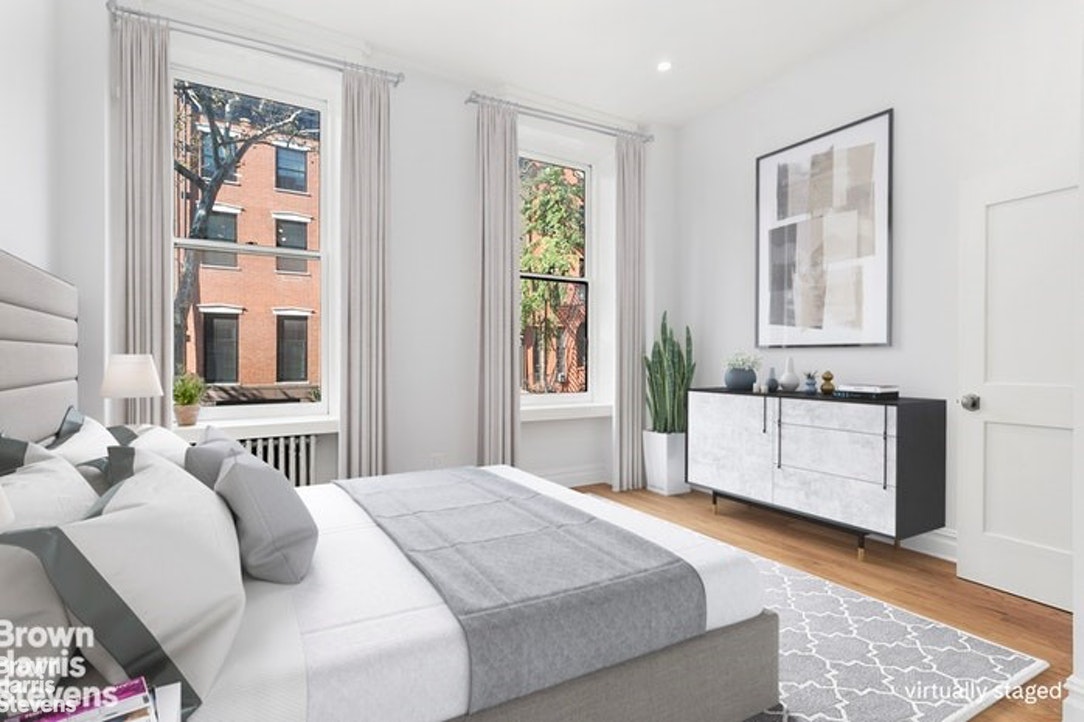
Fabulous Parlor Floor
Fantastic 2BR – 2Bth available on one of the most desirable blocks in Brooklyn Heights.
This completely new renovation is flooded with light.
This very large 2BR has a huge living room with 10ft ceilings. Ornate original details such as crown molding and two original decorative fireplaces, give this apartment a wonderful character. Large open plan kitchen has extra tall cabinetry, all new appliances including a gas stove and dishwasher. Large windows run across the front of the home from the living and dining rooms. All Bosch appliances including a W/D. Rent will be discounted to $6500 until roof deck will be added, rent will then increase to $7000. Hardwood floors throughout and two brand new baths, one with tub and one with a glass shower stall. High end condo finishes throughout and split system A/C make up this approximately 1300 sq ft. home.
Close to the ferry’s at Pier 6 and all trains 2 3 4 5 N & R A & C at Borough Hall . Close to all the great restaurants and shops in Brooklyn Heights, Cobble Hill such Sahadi’s, Trader Joe’s and the Brooklyn Bridge Park. Pets upon approval. Come see the best Brooklyn has to offer!
293 Henry Street, 4 Brooklyn Heights, New York|$6,500
Rental $6,500 | Date listed: 1/23/2020 | ID: 20028349
Rooms: 6.0 | Bedrooms: 2 | Bathrooms: 2.0 | Outdoor space: Yes |
Decorative fireplaces: 1 | Washer and dryer: Yes
Period: Pre-War| Building Type: , Townhouse
Call today or send me a message on my contact me page today.
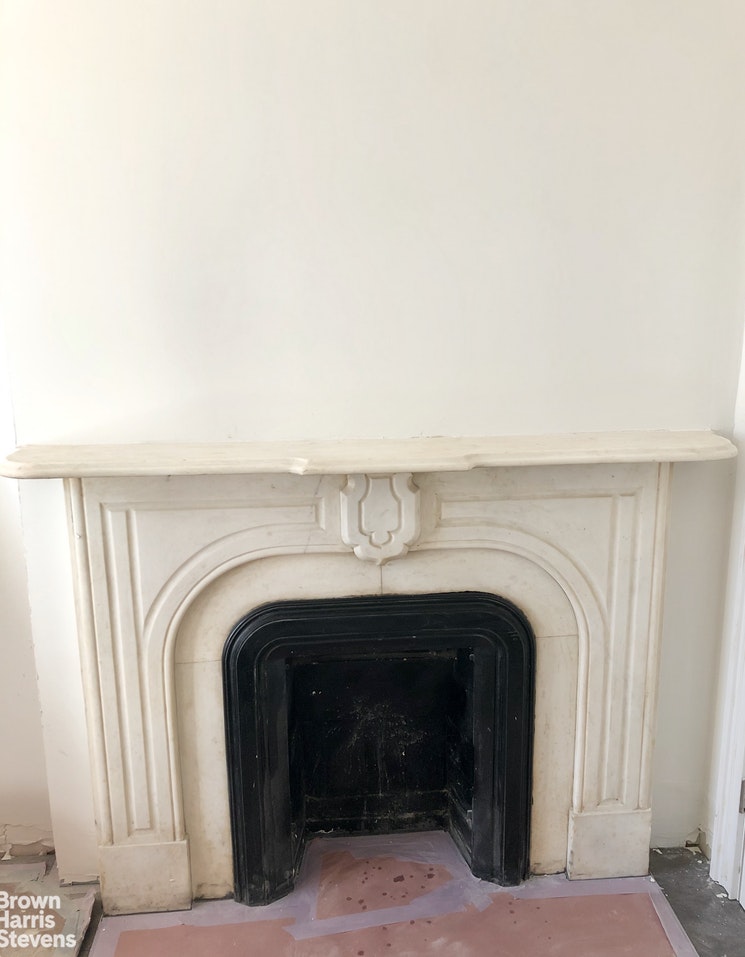
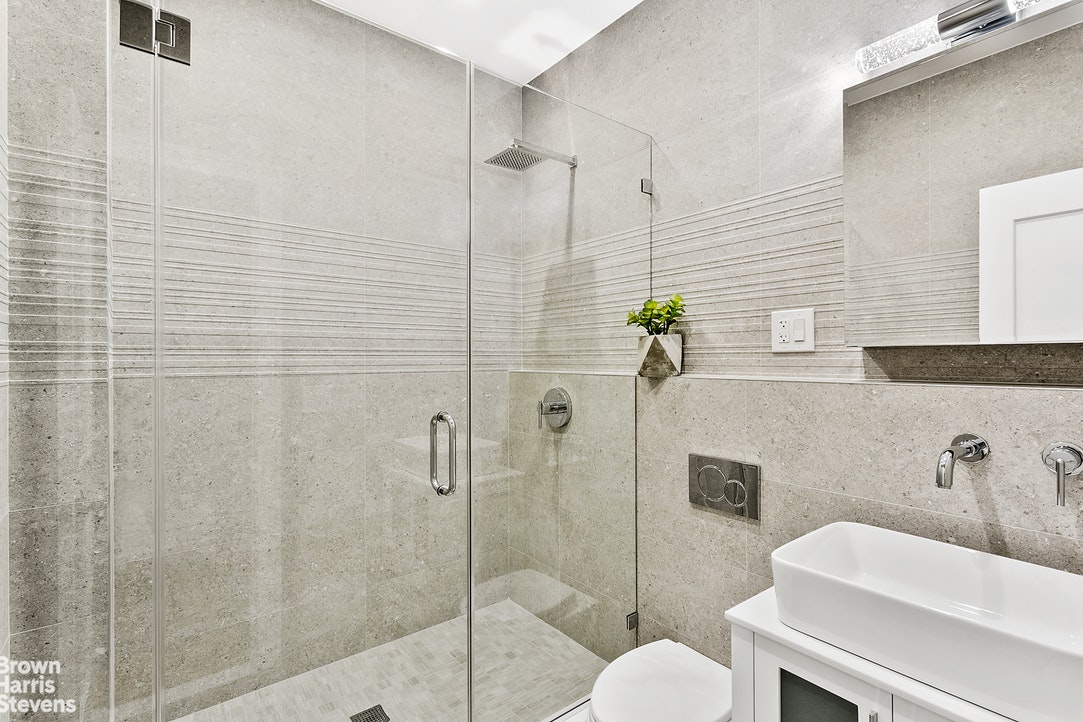
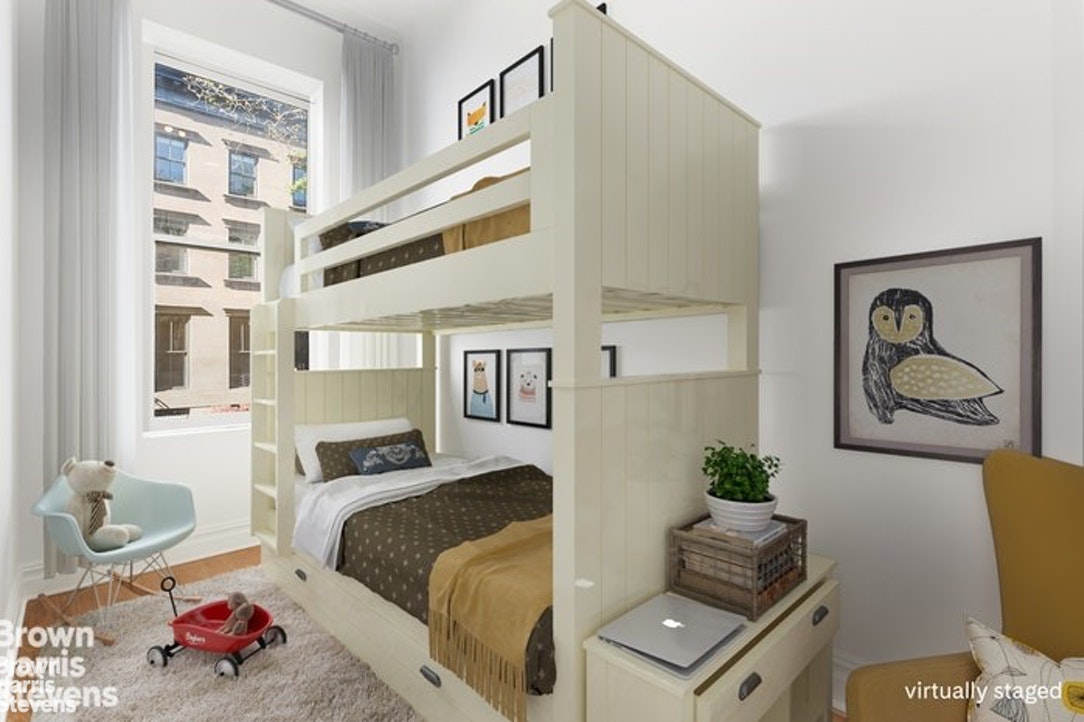
The 10 NYC neighborhoods where home prices increased the most over the past decade, ranked
- A recent report by real estate listing platform StreetEasy, reveals the 10 neighborhoods in New York City where median recorded sales prices increased the most over the past decade.
- According to the report, in November 2019, the city’s median recorded sales price fell just below $670,000 which is 49% higher than 2010’s median recorded sales price of $450,000.
- Of the neighborhoods that made StreetEasy’s list, eight of them are located in Brooklyn.
- Visit Business Insider’s homepage for more stories.
New York city’s real estate market has grown increasingly expensiveover the past decade.
In fact, in November 2019, the city’s median recorded sales price reached just below $670,000 which is 49% higher than 2010’smedian recorded sales price of $450,000.
A recent report by real estate listing platform StreetEasy, reveals the 10 neighborhoods in New York City where median recorded sales prices increased the most from 2010 to 2019. Those increases range from just above 100% to over 200%.
Eight of the neighborhoods on the list are located in Brooklyn which is no surprise considering the borough’s popularity — and by extension, its price tags — have increased astronomically since the 1940s.
The only two non-Brooklyn neighborhoods to make the list are the Lower East Side, which saw a 168% increase in its median recorded sales price, and Gramercy Park, which saw a 109% increase in its median recorded sales price.
Mihai Speteanu/Shutterstock
Median recorded sales price in 2010: $834,115
Median recorded sales price in 2019: $2,591,446



